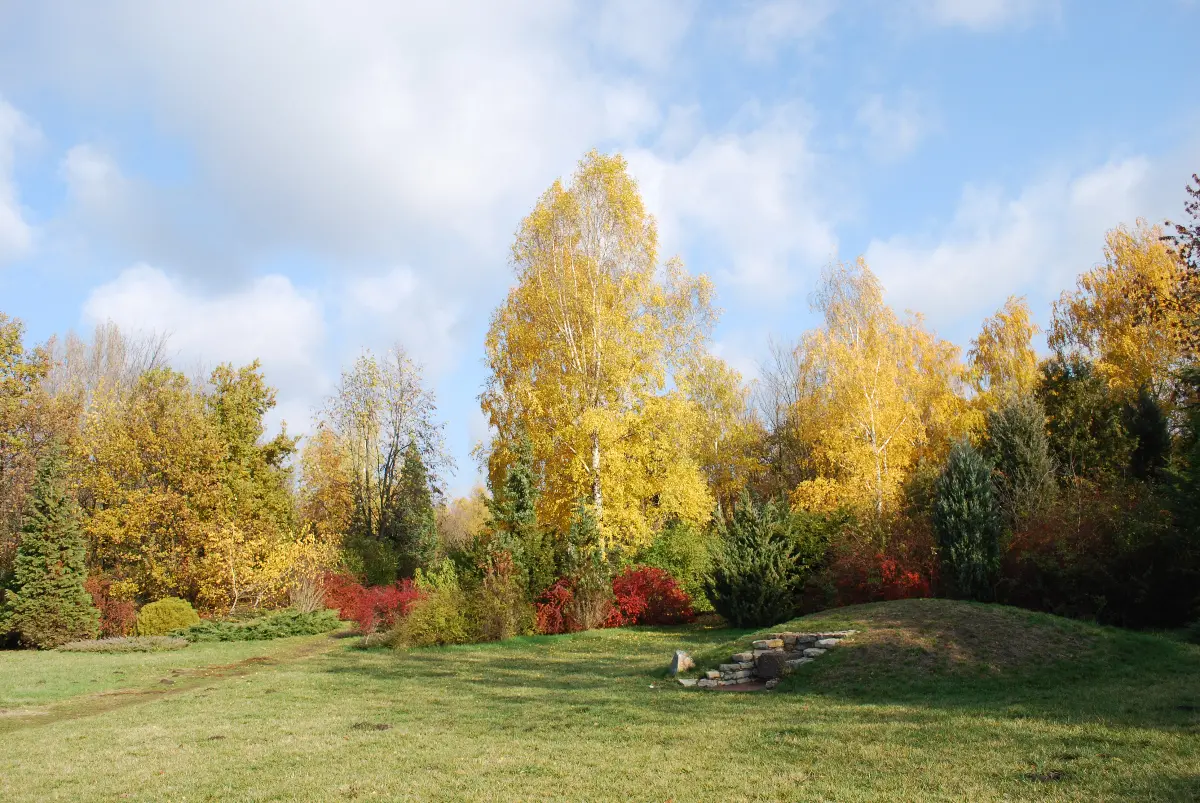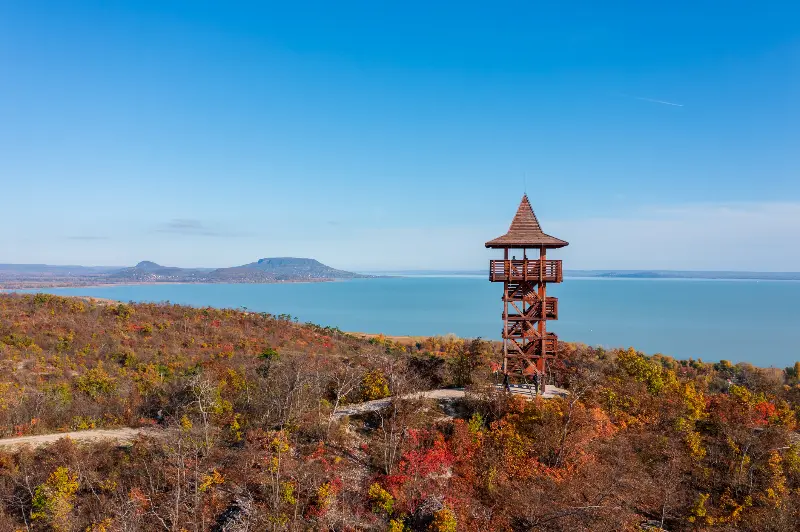
Helyszín címkék:
Arboretum and lookout tower in Kecskemét
Bóday Csilla
Farmland turned into an arboretum
The history of the arboretum dates back to the experimental planting of a protective forest in place of deep autumn ploughing in agricultural cultivation. Until 1986, only agricultural works were carried out in the area. The arboretum was designed by Dr Antal Gőbölös, the development plans were drawn up by Győző Mészöly and the construction was carried out by László Ván. Dr Antal Gőbölös is a chartered forestry engineer, a professional agricultural environmental engineer. He was director of the Kecskemét Directorate of the State Forestry Service. His name is also associated with the development of the “Kecskeméti Csalánosi Parkerdő” (Kecskemét Csalánosi Forest System), ”Kecskemét Milliomodik Hektár Parkerdő” (the Kecskemét Millionth Hectare Park Forest), “Kiskunhalasi Sóstói Parkerdő” (the Kiskunhalas Sóstó Forest System), “Ópusztaszeri Nemzeti Emlékpark” (the Ópusztaszer National Historical Monument Park) and the “Bugaci Alföldfásítási Múzeum és Oktatási Központ” (Bugac Alpine Forestry Museum and Education Centre). The usual species of trees and shrubs, the newly-created windbreak forest, has been supplemented with ornamental trees and shrubs such as pedunculate oak, white poplar, elm, ash and maple.
The unique green belt around the city

In the case of Kecskemét, in addition to the naturally given “Kiskunsági Nemzeti Park” (Kiskunság National Park), the deliberately designed green belt circle also serves to provide the city with good air. This not only contributes to the good health of the locals but also provides a great climate for local agriculture. The town is literally surrounded by ring of green, with the “Milliomodik hektár Parkerdő” (Millionth Hectare Park Forest), “Szabadidőközpont” (the Recreation Centre), “Vízműdomb” (the Waterworks Hill or Benkó Hill), the “Arborétum” (Arboretum) and the “Kápolna-rét” (Chapel Hill) green spaces. The arboretum is now part of the ring, which is a good place for agricultural research, ornithological observation and education of young people.
Parts of the arboretum
The arboretum today consists of three parts: a so-called protective strip, a group of oaks, and a “collection" form a single unit within it. On the fourteen paths of the “collection" section, you can discover no less than eight hundred species of trees and shrubs. Here you will also find the “Vadgesztenyés sétány” (Horse-Chestnut Walk), an agricultural historical monument. Several remnants of ancient grassland within the arboretum preserve the natural conditions of the past. At the time, the design was based on a specific theme, so during professional or leisure visits, plant information panels allow you to follow the species, their relationship to each other and their needs. On the educational path, you can learn not only about the flora but also about the species of animals that live there. The arboretum is also home to various species of insects, bats, birds, frogs and mushrooms.
The arboretum's favourite spot for many, is the lookout tower

The creation of a lookout tower was also a foregone conclusion when the botanical garden was created. Five years after the arboretum's creation, a 17-metre-high wooden lookout was built, a popular place for visitors to observe the then-fledgling vegetation, but it did not prove to be entirely timeless. On the one hand, the wooden structure could not stand the test of time and, on the other hand, the arboretum trees, which grew over twenty years, blocked the view. It was therefore demolished and a new, steel-framed tower was built in its place in 2020. To preserve the environmental image, the exterior of the lookout has been largely covered with larch. Although the roof lookout is modelled on its predecessor, its height is now set at 25 metres. 112 wide, comfortable, wide steps made of acacia wood lead up to the viewing platform, from where you can look around the sixty-two acres of the herbarium at the foot of the platform. You can see the “Mária Kápolna” (Chapel of St Mary) in the arboretum, but also the neighbouring leisure centre. Both the arboretum and the lookout are great for nature lovers - if that’s you, do be sure to visit.










